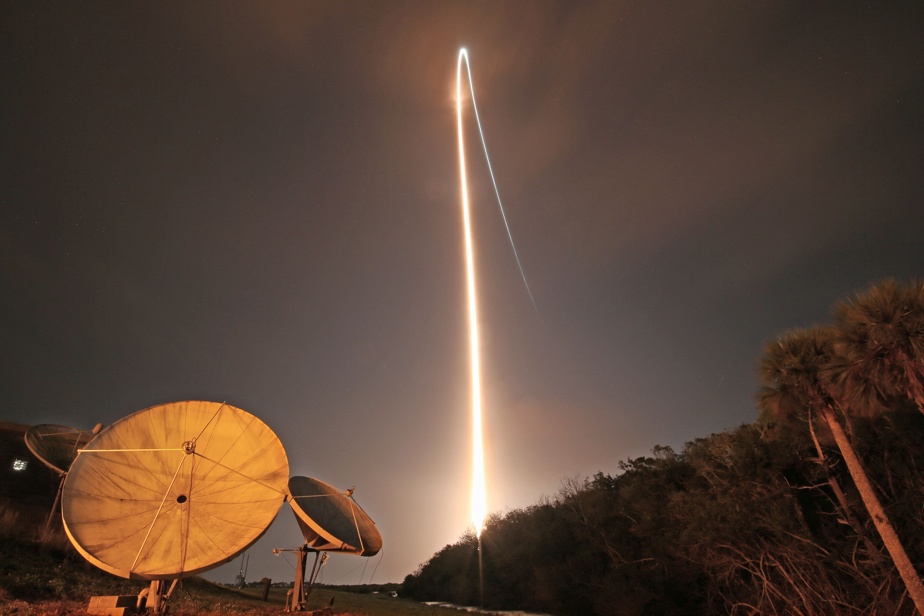(Washington) A failed robotic mission, and two crewed missions postponed: the lunar ambitions of the United States took a blow in the wing on Tuesday.
The American start-up Astrobotic first announced that its lander, named Peregrine and which had been experiencing serious problems in flight since its takeoff on Monday, now had “no chance” of landing smoothly on the Moon as planned.
This mission was to mark the first landing of an American aircraft on the Moon in more than 50 years.
A few hours later on Tuesday, NASA announced the postponement for almost a year of the next two missions of its major return to the Moon program, Artemis.
The Artemis 2 mission, during which a crew of four astronauts must circle the Moon without landing, is postponed from the end of 2024 to September 2025.
The delay is due to more necessary safety checks, NASA explained, including on the heat shield of the capsule in which the crew will travel.
Artemis 3, which is to send astronauts back to the lunar surface for the first time since the end of the Apollo program, is postponed from the end of 2025 to September 2026.
There, delays in the development of two essential elements of the mission are at issue: a moon lander, ordered from SpaceX, and spacesuits entrusted to Axiom Space.
The lander in particular, which must be a modified version of the ship Starship developed by SpaceX, is far from ready: Starship flew twice in 2023, and each time, exploded. A new test is expected in February.
Dependence on the private sector
This bad news will not fail to question NASA’s new strategy: by encouraging the development of a lunar economy, it wishes to be able to rely on the private sector, and thus benefit from services for less than by taking charge itself. even development.
But this tactic also increases its dependence on external partners.
NASA has contracted with several companies, including Astrobotic, to send experiments and technology to the Moon – a program called CLPS. The goal is to study the lunar environment with a view to the return of humans to the surface.
These robotic missions certainly carry cargo from other private customers, but funding from NASA is crucial. The space agency’s contract with Astrobotic to deliver scientific equipment on this first mission was worth $108 million.
Its failure therefore also represents a setback for NASA.
Because of a fuel “leak,” “there is, unfortunately, no chance of a soft landing on the Moon,” Astrobotic wrote Tuesday morning, which hoped to become the first private company to successfully land. on the moon.
The company, however, said it wanted to continue operating the vehicle in space as long as possible, in order to continue to collect “valuable data” for its next moon landing attempt.
Another American company selected by NASA for its CLPS program, Intuitive Machines, will in turn attempt the adventure very soon: it must take off for the Moon in mid-February at the earliest, with a SpaceX rocket.
World Race
All these missions illustrate the renewed interest in the Moon, on which NASA wants to establish a lasting presence, in order to prepare for the first trip by a crew to Mars.
But the United States is not the only ones targeting our natural satellite: China aims to send humans there by 2030, and to build a base there.
Despite the postponement of Artemis 3 to 2026, “I really don’t believe that China will land [sur la Lune] before us,” said Bill Nelson on Tuesday.
To date, only four nations – the United States, the Soviet Union, China and India – have successfully landed a craft on the Moon. Among them, only the United States has already sent humans there.
In recent years, private Israeli and Japanese companies have also attempted to land on the moon, but these missions ended in crashes.
A mission from the Japanese space agency (Jaxa) is also due to attempt to land on the moon in about two weeks.
